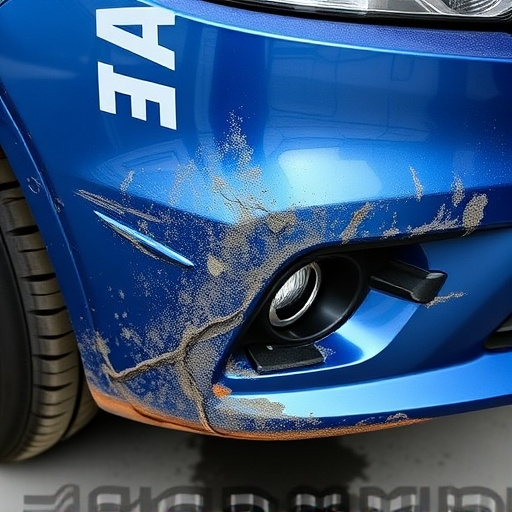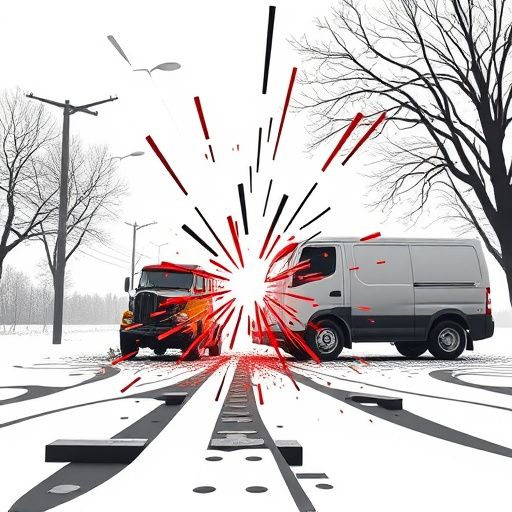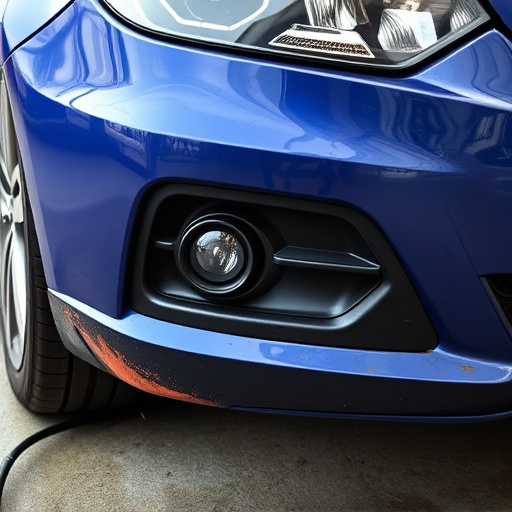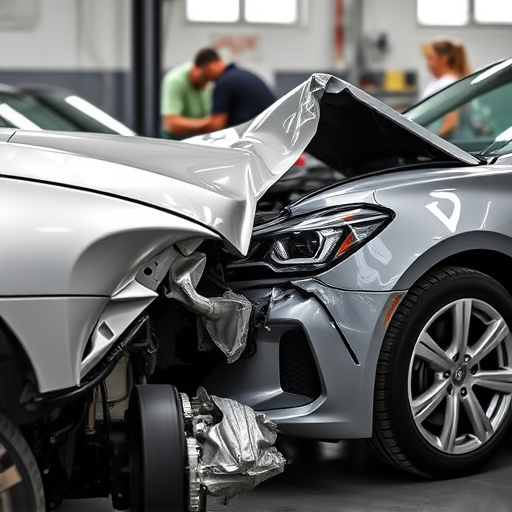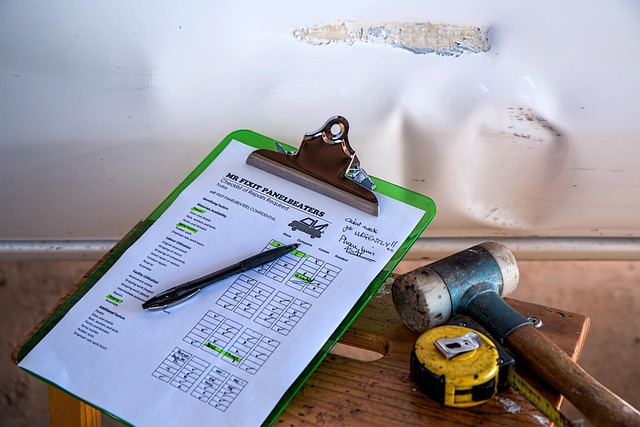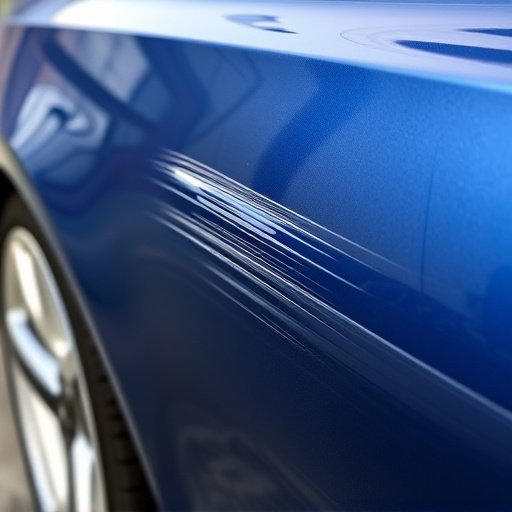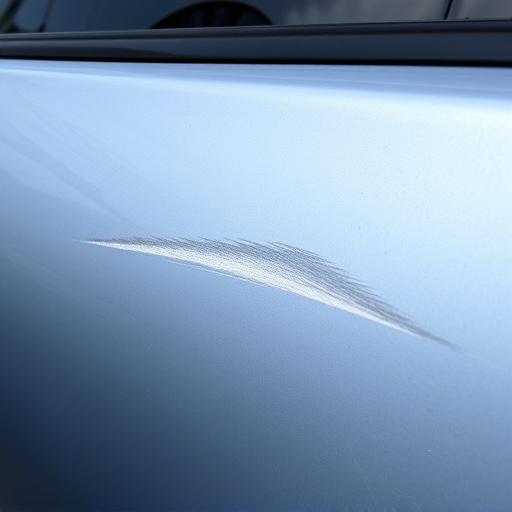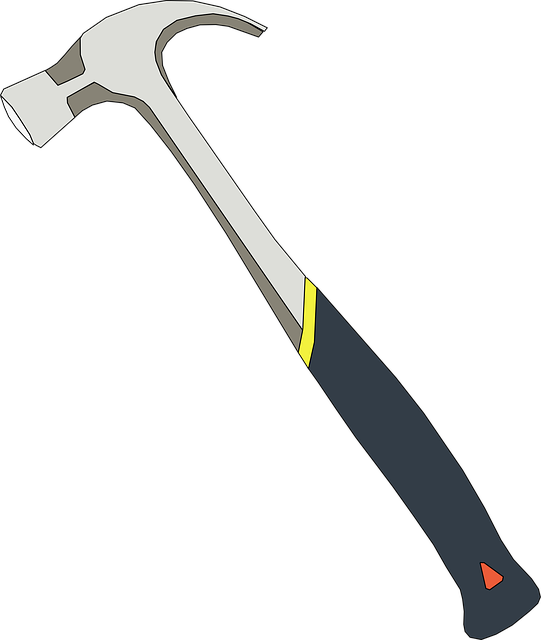Properly assessing damage is crucial for effective car dent removal. DIYers should avoid misjudging dent severity, as serious dents can lead to inadequate repairs and costly additional work. Consulting a professional collision center ensures accurate identification of both minor and significant dents, preserving vehicle aesthetics and structural integrity with efficient, economical solutions.
Car dents can range from minor inconveniences to significant structural issues. Avoiding common mistakes during dent removal is essential for a successful restoration. This article guides you through the critical aspects of car dent repair, focusing on assessing damage accurately and understanding appropriate tools and techniques. Learn how to prevent hidden hazards and ensure complete post-repair restoration by following best practices in car dent removal.
- Assessing the Damage: Common Misjudgments
- – Identifying minor vs significant dents
- – Overlooking hidden damage
Assessing the Damage: Common Misjudgments

When assessing damage for car dent removal, several common misjudgments can lead to subpar results or unnecessary stress on your vehicle. Many DIY enthusiasts often underestimate the severity of a dent, believing it to be shallow when it’s actually quite deep. This misperception can result in improper repair techniques and an unsatisfactory final outcome. It is crucial to thoroughly inspect the dent from various angles before deciding on a removal method.
Additionally, some individuals might attempt to remove large or complex dents without professional tools, which can cause further damage to the vehicle’s panel or even impact its structural integrity. Always consider the extent of the dent and the potential consequences if not handled correctly. Consulting with an experienced auto repair shop or vehicle body shop before attempting any DIY car dent removal is advisable to avoid these common pitfalls.
– Identifying minor vs significant dents

When considering car dent removal, it’s crucial to first distinguish between minor and significant dents. Minor dents, often referred to as “dings” or “blemishes,” are typically small, shallow depressions that can usually be removed with DIY methods or simple professional touch-ups. These don’t compromise the structural integrity of your vehicle and can often be ignored if aesthetics aren’t a primary concern.
On the other hand, significant dents involve deeper damage, sometimes affecting the panel’s contour or even the underlying frame. These may result from collisions, impact with debris, or severe weather conditions. While some significant dents might still be reparable, misidentifying them as minor can lead to inadequate auto body services like those offered at an auto collision center. Incorrect removal techniques for deeper dents could cause further damage, necessitating more extensive (and costlier) repairs, including auto frame repair.
– Overlooking hidden damage

When attempting car dent removal, one of the most common mistakes to avoid is overlooking hidden damage. While the visible dent might seem like a straightforward issue, it’s crucial to inspect the entire vehicle for deeper issues that could have been caused by the same collision. Additional damage, such as cracked or bent metal panels, may not be immediately apparent and can complicate the car dent removal process significantly. Ignoring these hidden elements risks leaving behind unsightly imperfections or worse, compromising the structural integrity of your vehicle.
Proper assessment is key to successful car dent removal. Visiting a reputable collision center where experienced technicians use advanced tools for vehicle paint repair ensures that every angle and contour of your car is examined. This meticulous approach guarantees that any overlooked damage is identified and repaired, preventing future complications or safety hazards.
When attempting car dent removal, it’s crucial to avoid common mistakes that can lead to further damage or inadequate repairs. Always start by assessing the damage thoroughly, differentiating between minor and significant dents, and inspecting for hidden issues beneath the surface. Remember, proper identification is key to effective car dent removal, ensuring your vehicle retains its structural integrity and aesthetic appeal.

